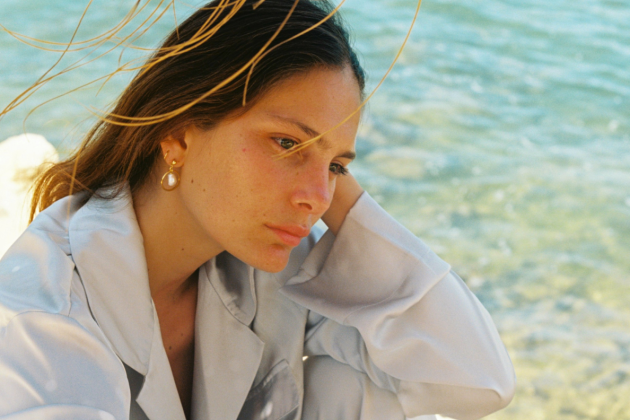Lab-grown Diamonds Cited as Future for Newcomer Jewelers, Behind the Hype

The lab-grown diamond has gained wider mainstream acceptance in recent years — bellying out from geopolitical supply chain issues for mined diamonds — and everyone wants in.
But while many more brands are educating consumers that lab-grown diamonds are the same in chemical composition and looks, federal agencies like the Federal Trade Commission bar reference of “lab-grown diamonds” as just diamonds without the modifier. (Greenwashing, too, has its place among the FTC’s priorities, which includes aims to update its “Green Guides” this year).
More from WWD
Still, newcomer labels and existing jewelers, alike, are betting on the fast-growing market but the sustainability factor is still a work in progress.
In June, the New York-based ready-to-wear and accessories label Montserrat launched its first sustainable sunglass line — using bio-based castor oil and 3D printing technology — but cofounders Carolina Cordón-Bouzán and Gayle Yelon maintain lab-grown diamonds are their future.
Developed under the namesake LGD by Mark Ingram, a joint business venture of sorts under parent company Palimpsest New York, Montserrat offers up everyday lab-grown diamond pieces alongside their clothing and sunglasses for between $120 for a mushroom-shaped stud to $1,330 for its “Granada Set” (complete with earrings, necklace and bracelet). LGD by Mark Ingram focuses more on celebratory gifting moments for occasions like weddings or anniversaries.
Many lab-grown diamonds are made by grafting a small piece of a diamond and growing it in a high-pressure, high-temperature (HPHT) machine that mimics pressures found in nature. While, a 2021 study between lab-grown diamonds and mined diamonds published in the Basel-based MDPI journal found that some mid-sized, HPHT-produced lab-grown diamonds are better for the wear environmentally, considerations like energy, size of diamond, machine used and conditions present affect the validity of catchall eco-claims.
As for the carbon footprint for lab-grown diamonds from Montserrat and LGD by Mark Ingram, the brands said they lean on offsets for all manufacturing and transportation (they’re grown in India and made in Manhattan). Terrapass is the off-setter of choice for funding their renewable energy and methane capture projects. Further, LGD by Mark Ingram doesn’t claim to be a fully sustainable brand, today, instead offering an assurance of using sustainable materials.
Lately, lab-grown is also the focus for jeweler Bario Neal. The small jewelry brand designs in Brooklyn and boasts workshops in Philadelphia and a tightly enforced supplier code of conduct.
Anna Bario, lead designer and founder, spun past the Millennial sustainability hype and said, mainly, the Russian war exacerbated diamond supply chain issues with prices of natural stones up around 30 percent year-over-year. “It’s really, I think, fast-forwarded a shift toward lab” despite the potential environmental bias that mined diamonds mean a closer kinship to earth.
“Where we like to be working is where we can create social and environmental benefits,” she told WWD. By Bario Neal’s latest sustainability report, 77 percent of its polished diamond suppliers participated in its lengthy code of conduct process which constitutes an hour-plus interview with each supplier as well as formalities to ensure anti-money laundering compliance in the U.S., among other callouts.
Unresearched marine mining, mercury concerns, lack of transparency in precious gems and more factors ultimately made the shift for lab easier for her brand.
In a webinar held July 12, senior executives from the lab-grown diamond space shared their insights on the rapidly growing sector, including everything from talent and production capacity to color trends. Resoundingly, the executives cared less about why the movement was mainstreaming and more about forthcoming scale, standardization and capacity.
Amish Shah, president of Altr Created Diamonds underscored, that, “For the consumer, it’s about the size and beauty of the diamond.” He said retailers today find themselves in a “perfect storm” to expand options since lab-grown diamonds are increasing their profit margin from mid-fifties to as much as mid-sixties.
Altr Created Diamonds was founded in 2016 (produced exclusively by wholesaler Riam Group) two years before De Beers introduced its lab-grown edition called “Lightbox Jewelry.”
To that, Lightbox’s commercial director Nick Smart hammered home the point. “You tell people what it is that you do — growing diamonds in a lab. It doesn’t matter where they come from or what they do, people are immediately interested in it.”
Sign up for WWD's Newsletter. For the latest news, follow us on Twitter, Facebook, and Instagram.
